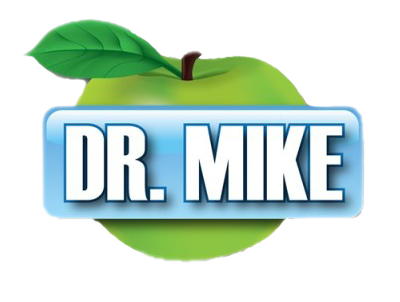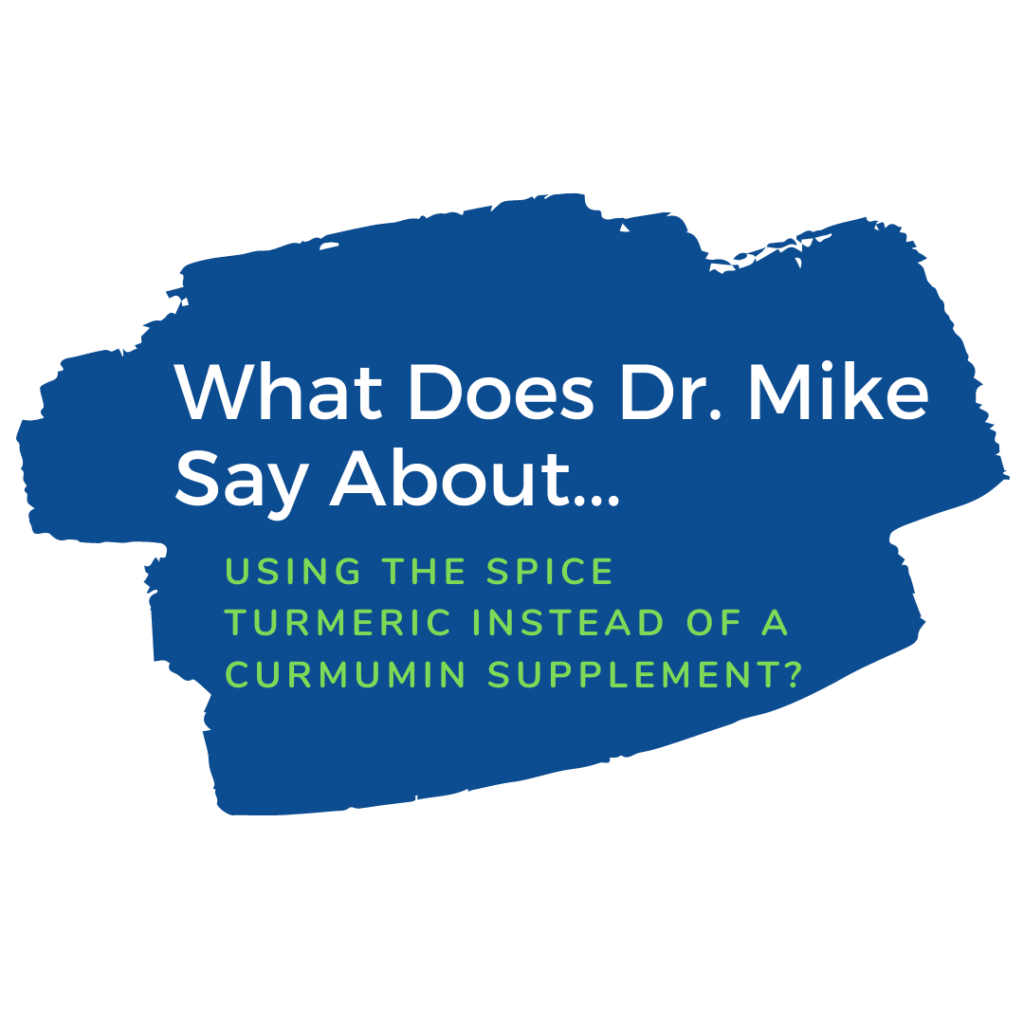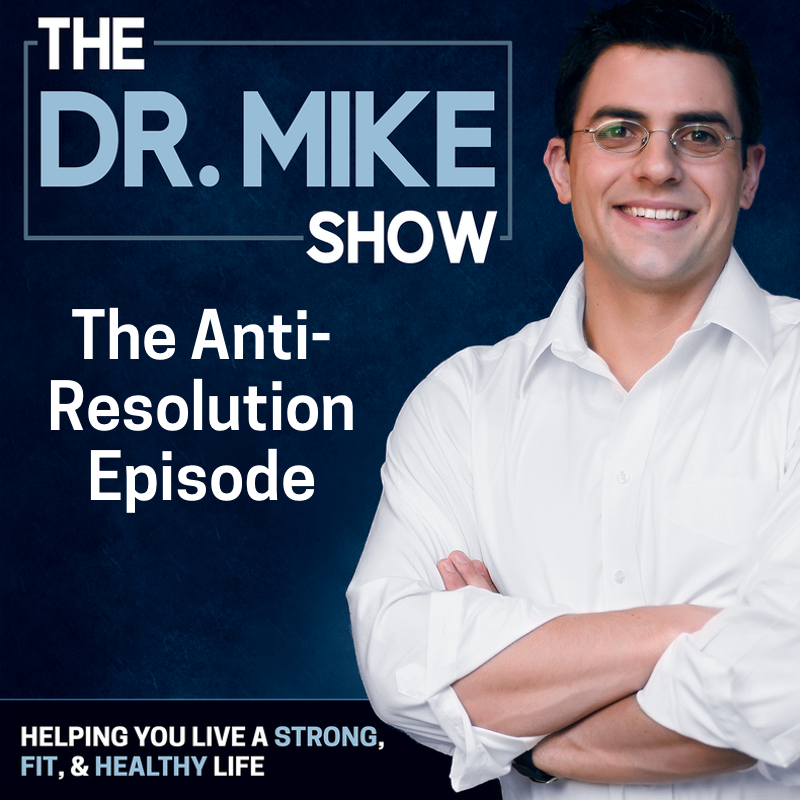The Golden Ratio is a special number in a variety of aspects of our world, from The Great Pyramids to the Parthenon and even naturally in relationships – like the relationship between our navel and the top of our head to our feet. Recently, while reading research related to risk factors for both cardiovascular disease and diabetes, I found another place where the golden ratio is present and can be used as a guide to improve health.
But first, what exactly is the Golden Ratio?
The Golden Ratio is a special number found by dividing a line into two parts so that the longer part divided by the smaller part is also equal to the whole length divided by the longer part [ref].
The actual ratio of the Golden Ratio is 1.6.
How does this relate to your heart health?
When it comes to your cardiometabolic health, (think of this as your overall health related to both heart disease and diabetes), the ratio of your triglycerides to your HDL cholesterol should ideally not exceed the Golden Ratio. Let’s unpack this a little by covering some vocabulary.
Triglycerides: This is essentially the fat in your blood. However, it isn’t related to the amount of fat that you eat, but instead it is more tightly related to the amount of carbohydrates and sugar in your diet (which your liver can turn into fat). The laboratory reference range for triglycerides is <150 mg/dL. If your triglycerides are higher than this, you can:
- Exercise more
- Eat less sugar / carbohydrates (replace it with protein or unsaturated fat)
- Take a fish oil supplement
- Do all 3
Lowering your triglycerides is rather straight forward, so if your triglycerides are high, just use the well tested plan of action above. It is important that you do take action, as elevated triglycerides are consistently associated with increased risk of CVD (ref, ref, ref) and diabetes (ref, ref, ref).
HDL Cholesterol: HDL cholesterol is commonly called your good cholesterol. When it comes to your good cholesterol, more is better. Men should have an HDL-C >40mg/dL while women should aim for it to be >50mg/dL. HDL cholesterol is protective against heart disease and is generally low in people who have diabetes or pre-diabetes. If your HDL-C is low, here’s what you can do:
- Exercise more
- Eat more fat (replacing sugar / carbohydrates in your diet is a good start)
- Drink alcohol on a pseudo-regular basis (4-6 drinks a week)
- Stop smoking
- Lose weight and keep the weight off
- Do all 5 things
As with your triglycerides, improving HDL-C is rather straight forward and you can see improvements in just a couple of weeks.
Now that we have definitions out of the way, let’s get back to the Golden Ratio. The ratio between your triglycerides and HDL-C fits the Golden Ratio of 1.6. If you can get this number smaller so that your triglycerides ~ HDL-C, that is even better, but this 1.6 cut point is special as it seems to be a breaking point for your body’s ability to use and process carbohydrates (i.e. insulin sensitivity).
People with a ratio higher than 1.6 have been shown not to lose as much weight on a higher carbohydrate diet, but when they are put on a carbohydrate restricted diet, weight loss is accelerated.
When your triglyceride : HDL ratio exceeds the Golden Ratio you are also at increased risk for diabetes.
Improving these two risk factors for heart disease and diabetes is straight forward and there is a lot of overlap (as shown above) so you get a lot of health bang for your effort in this area. Get your body in line with this universal ratio and you’ll be healthier for it!





